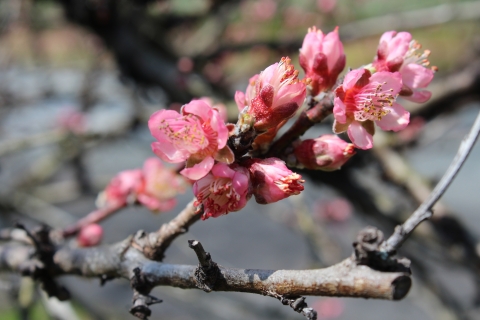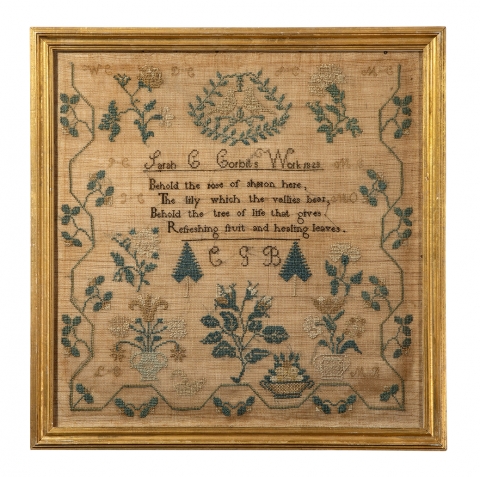Look around your yard and neighborhood and collect plants that you would like to preserve. These can be flowers, leaves, stems... even roots. Once you have preserved them, using the methods below, identify your plants and research their uses in your saucepans, scrub buckets and medicine chests.
- Air drying: Wrap your flowers, herbs or other plants with rubber bands and hang them, upside down on a hook in a well-ventilated area. Keep out of direct sunlight as it will cause them to fade. If you want to preserve just the flower, strip all the leaves off the stem before hanging. Air drying can take a week or more to depending upon the moisture in the plant. When dried, your plants will be fragile so handle with care.
- Pressing: Use a heavy book and some absorbent paper and press the plants. Pressing works best with flat, less moist plants. Place the paper around the plant and place it in the middle of the book and close it. Make sure the book is heavy enough to press the plant flat. If you need more weight, pile more books on top of the one you are using. Let the weight put pressure on the plant for two to four weeks depending upon the moisture in the flower.
- Immerse in sand: Place your plants in dry sand and gently cover. Let them sit until all the moisture has been taken out. Gently brush off all the grains of sand.



